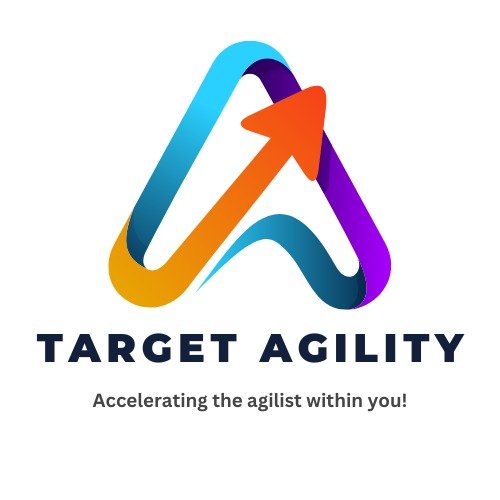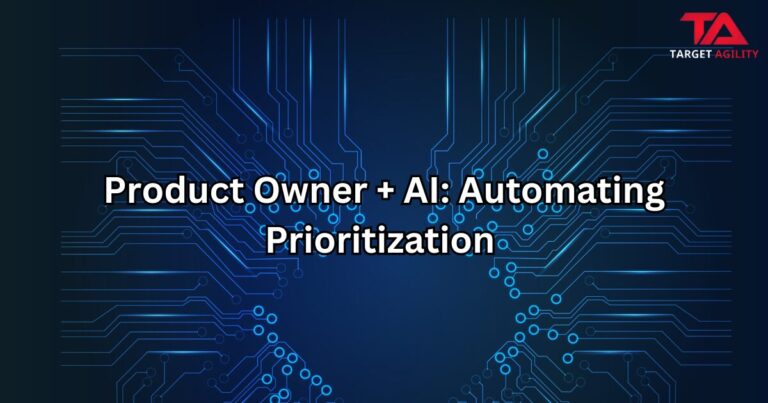In today’s world, many companies are trying to move faster. Teams build and release new features, apps, or services more quickly than ever before. But here’s a key question: Are we actually making things better for the users or the business?
That’s where the idea of “outcome over output” becomes important.
What’s the Difference Between Output and Outcome?
Output means the things a team creates or delivers — like a new website feature, a mobile app update, or a report. These are the actual products or tasks completed.
Outcome means the results or impact of those outputs. In other words, what changed because of what we delivered?
For example, if a team adds a new search feature to a website, that’s an output. But if that new feature helps users find products faster and increases sales, that’s the outcome.
So, outputs are about doing, and outcomes are about achieving.
Why Is Outcome More Important?
When teams focus only on outputs, they may keep building things without checking if they’re useful or helpful. This can turn them into a “feature factory,” just adding more features without knowing if users actually need them.
Focusing on outcomes helps teams:
- Make sure they’re solving real problems for users.
- Align their work with business goals.
- Learn from data and feedback to improve over time.
This leads to more meaningful work and better results.
A Real-Life Example
Imagine a team builds a chatbot to reduce customer support calls. They release the chatbot — that’s an output. But after a few weeks, they find out customers still call support because the chatbot is confusing. In this case, even though the team delivered something, it didn’t help reduce calls — the outcome was not achieved.
This shows why simply delivering something isn’t enough. What truly matters is the result it creates.
How to Focus on Outcomes
To shift from output-focused to outcome-focused work, try these steps:
- Set clear goals: Use tools like OKRs (Objectives and Key Results) to define what success looks like. For example, instead of saying “build a new feature,” say “increase user sign-ups by 20%.”
- Track the right metrics: Don’t just count features or tasks. Measure things like user satisfaction, retention, sales, or time saved.
- Listen to users: Use surveys, interviews, and feedback to learn what users really need and how they feel about what you’ve delivered.
- Experiment and learn: Try small changes, test them, and see what works. Don’t be afraid to adjust your plans based on what you learn.
- Work together: When teams from different areas (like product, tech, marketing, and support) collaborate, they focus more on shared goals rather than just their own tasks.
Common Challenges
Switching to outcome-based thinking isn’t always easy. Many teams are used to being measured by how much they do — like how many tasks they complete or how fast they work.
Changing this mindset takes time and support from leaders. Teams also need the right tools and time to track outcomes and talk to users.
In the beginning, it might feel slower. But in the long run, this approach helps teams build things that truly matter.
Conclusion
Today, speed is important — but value is even more important. Delivering a lot of features doesn’t mean much if they don’t help users or improve the business.
By focusing on outcomes over outputs, teams can make sure they’re not just working hard, but also working smart. It’s about creating real impact, not just checking off tasks.
Remember: Don’t just build more. Build what matters.












